Natural Hazards Center, University of Colorado, Boulder
Disaster Zone Podcast
SEPTEMBER 7, 2021
All forms of science can be beneficial to people working in the emergency management and disaster related fields of endeavor. Lori Peek, a professor in the Department of Sociology and director of the Natural Hazards Center at the University of Colorado Boulder is the guest for this podcast.

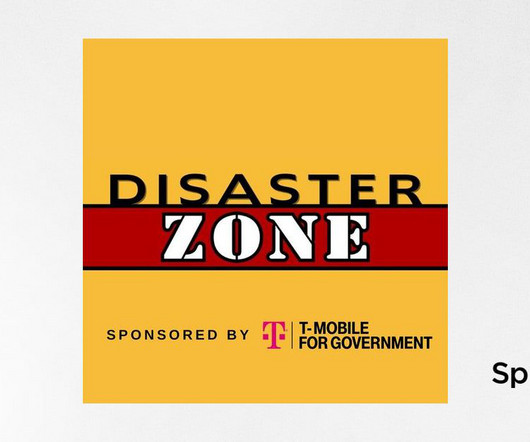


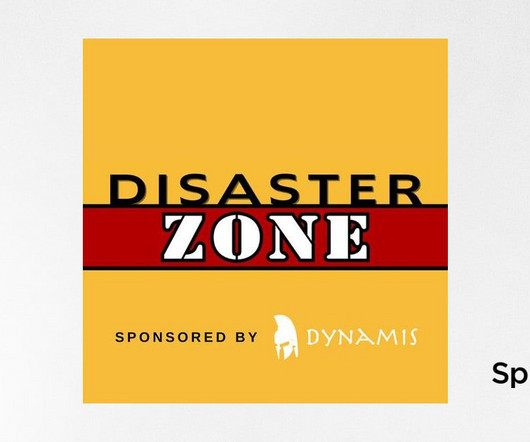
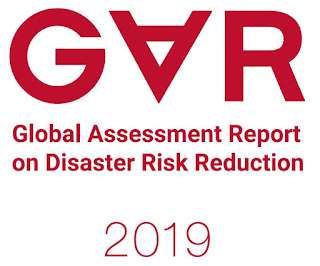


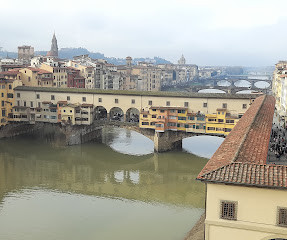

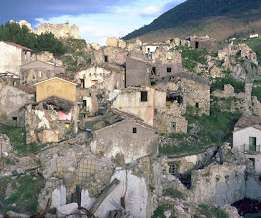
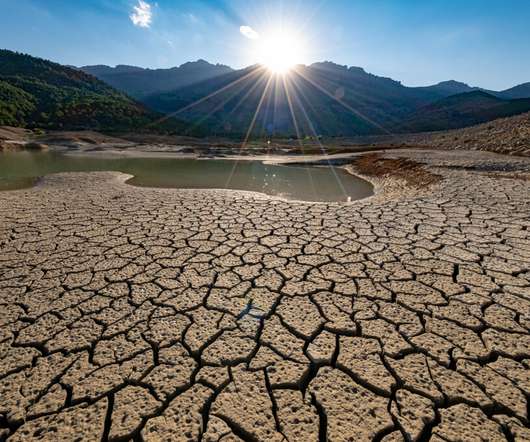
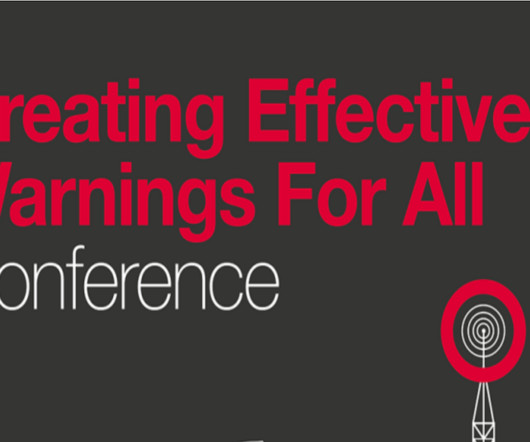

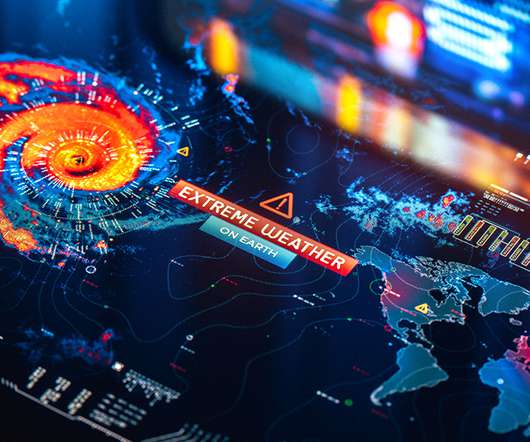
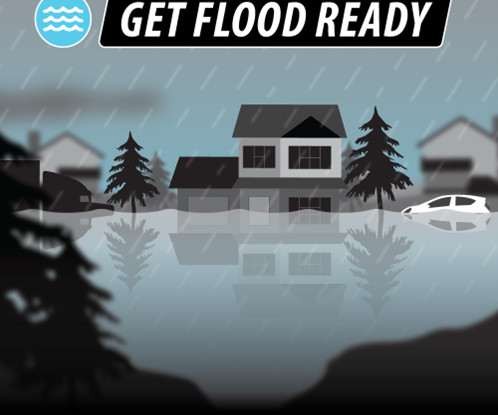






Let's personalize your content